
Wildlife: A Good Thing in the Garden
When a customer approaches you with questions about wildlife, they are most likely either trying to get rid of something pesky or attract something pretty. However, there’s so much more to the world of wild creatures that visit gardens. Animals of all sizes and varieties bring pleasure, entertainment, flowers, fruit and projects — all reasons we spend time in our yards and gardens in the first place.
Rather than focusing on the problem or hobby of the moment, it is important to take a step back and view the landscape on which we live and work from a different perspective, a birds-eye view, if you will. Each yard is part of the larger environment; every input you and your customers add to a garden will affect the water, air and soil that all life depends on.
Wildlife can serve as indicators to the health of backyard ecosystems. We have the power to make modifications to attract or discourage more wildlife, and improve or degrade environmental resilience. It all starts with observation, the most effective gardening and selling tool we own.
Birds seem to get all the attention, and they are quite justifiably a gateway into converting the lawn-mowing layman into an actively engaged participant in the backyard wildlife kingdom.
For now though let’s take a look at the foundation of the food web in a natural system — the insects.
The Work of Insects
Dig up a handful of rich, dark humus and view the structure and life at it through a magnifying glass. Good soil contains millions of microorganisms such as bacteria, mycorrhizae and other fungi, protozoa and nematodes. It is one layer of the garden where you are sure to see insects at work.
Insects are the real gardeners. In a pesticide-free space, they can carry out specialized gardening chores such as recycling organic material, controlling populations of pests and pollinating flowers.
Recycling
Recycling happens above and below ground by beetles, worms, centipedes, mites, ants, springtails, daddy longlegs and sow bugs.
These scavengers and decomposers hasten the release of nutrients bound up in plant material and cycle it into rich, healthy soil.
Predators
Predators exist in every layer of a forest, and gardens are no different. Certain insects are a gardener’s best friend in battling some of the most common nuisances, such as tomato hornworms and squash bugs.
Parasitoid wasps such as the braconid family are stingless and harmless, and contribute to pollination. Their larvae, on the other hand, will devour soft-bodied caterpillars or grubs, which could save your tomatoes or squash in the long run.
Ready for Pollinators
Pollinators and their plight have gained both industry as well as worldwide consumer attention. We rely on them for the food we eat and seeds we sow, yet there have been some serious challenges for their survival.
Neonicotinoids have been in the news as threatening to pollinators, since their systemic nature, which is toxic to insects, can persist in the soil season after season. There is an opportunity here for garden centers, especially those who aren’t growing their own, to know whether plants you are selling were treated with neonicotinoids. You can then pass this information on to customers who deserve to know.
Concerned about the health of honeybees and Monarch butterflies, gardeners want to feel empowered to make a difference in their small corner of the world.
Citizen science opportunities allow non-scientists to make their own contributions to the study of threatened populations just by observing their backyard habitats. Here are some sites to pass on to your customers for more information and ways to get involved:
- Citizen Science Central
- Monarch Watch
- Million Pollinator Garden Challenge
- Pollinator Task Force — enter “pollinator” in the search box
Pollinators in particular deserve respect, if not awe, since they function as the life-giving mechanisms of plant reproduction. They represent the intimate relationship native wildlife has with native plants. They have coevolved over millennia to meet each other’s needs, and outwit each other’s defenses.
In being knowledgeable about and observing the systems at work in backyards, we can let our customers know that starting small is the best way to make a difference.
In each yard, adults and children alike can develop empathy for other life, understand natural cycles and even save the Earth.
Your garden center is their destination to get started.






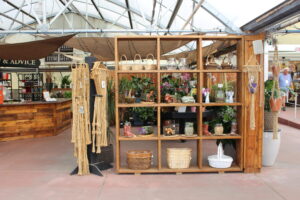
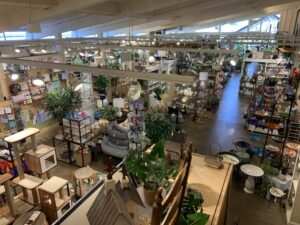
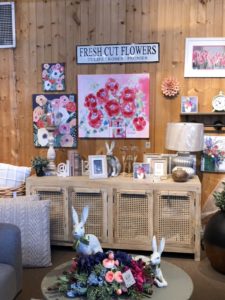

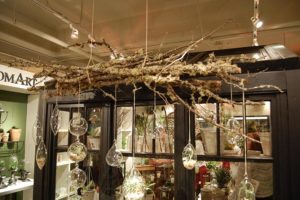
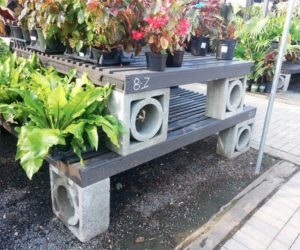
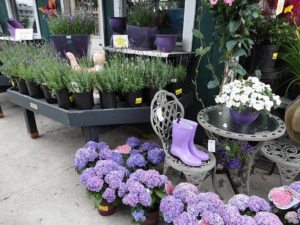
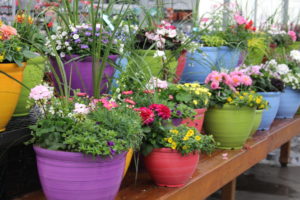
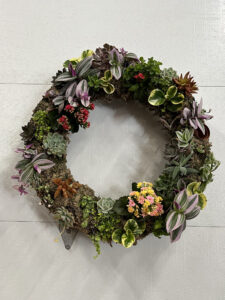
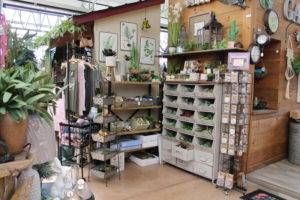
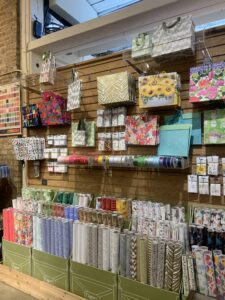
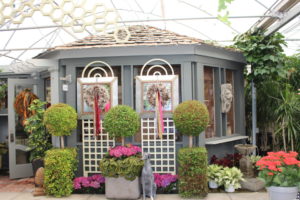
 Videos
Videos





